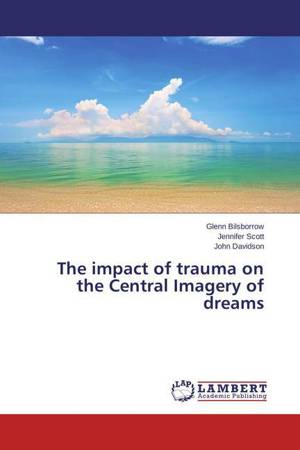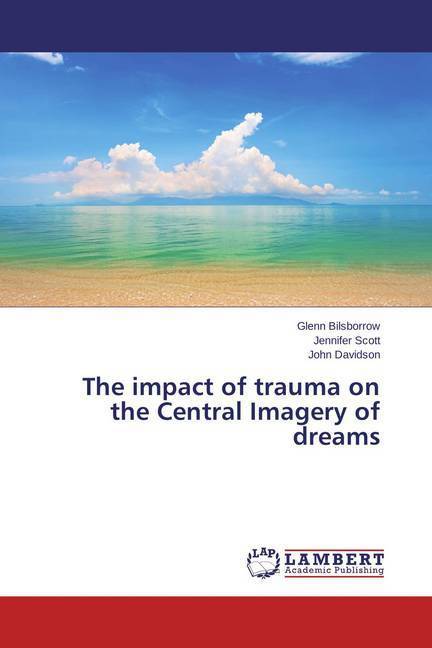
- Afhalen na 1 uur in een winkel met voorraad
- Gratis thuislevering in België vanaf € 30
- Ruim aanbod met 7 miljoen producten
- Afhalen na 1 uur in een winkel met voorraad
- Gratis thuislevering in België vanaf € 30
- Ruim aanbod met 7 miljoen producten
Zoeken
The impact of trauma on the Central Imagery of dreams
Glenn Bilsborrow, Jennifer Scott, John Davidson
Paperback | Engels
€ 81,95
+ 163 punten
Omschrijving
There are several theories as to why we dream. However, dreams are still poorly understood in terms of their function and purpose. One theory by Hartmann (1996) states that dreams are part of the mind's process of incorporating experiences into memory systems. Rather than being a random process, it is guided by the emotional concerns of the dreamer, and this creates meaning for those memories. Dreams such as being swept away in a tsunami often come after trauma, and are considered paradigmatic of this process. The theory states that thoughts are on a continuum, with focused, rational, and over learned processing at one end, and dreaming at the other. The dreaming end is 'hyperconnective' allowing for information to be weaved in broadly. The current research was interested in testing several tenets of this theory, especially the notion of trauma affecting the imagery of dreams. It looked at the means by which imagery is measured, the Central Imagery Scale, to see how well it held together, and how it relates to trauma symptoms. Those interested in dreams in general would find this work interesting as it goes into some of the more fundamental aspects of the science of dreaming.
Specificaties
Betrokkenen
- Auteur(s):
- Uitgeverij:
Inhoud
- Aantal bladzijden:
- 288
- Taal:
- Engels
Eigenschappen
- Productcode (EAN):
- 9783659484735
- Verschijningsdatum:
- 23/07/2014
- Uitvoering:
- Paperback
- Afmetingen:
- 150 mm x 220 mm
- Gewicht:
- 398 g

Alleen bij Standaard Boekhandel
+ 163 punten op je klantenkaart van Standaard Boekhandel
Beoordelingen
We publiceren alleen reviews die voldoen aan de voorwaarden voor reviews. Bekijk onze voorwaarden voor reviews.











